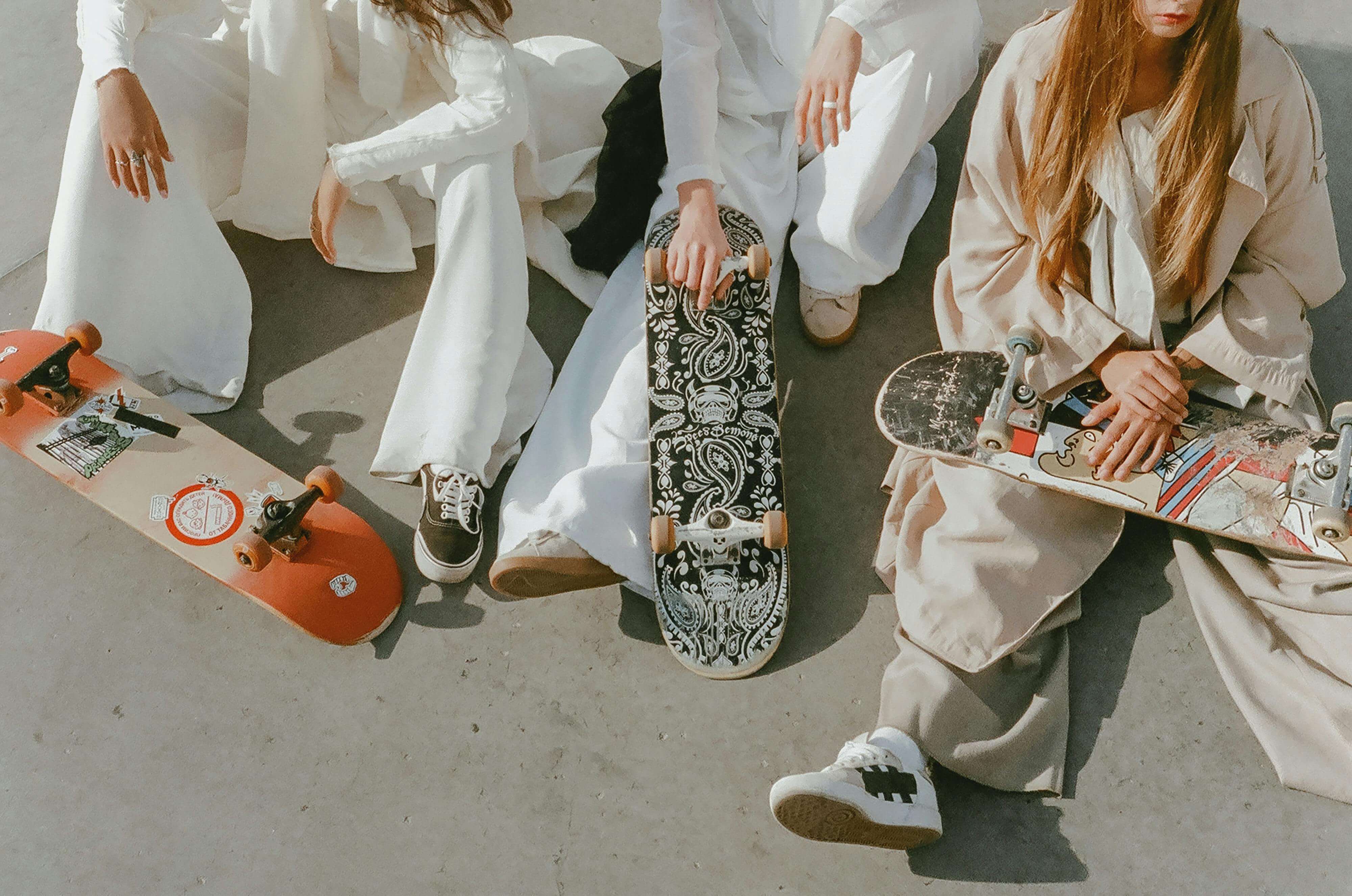Designing for everyday wear requires a nuanced balance between aesthetic appeal and practical functionality. In today’s fashion landscape, modern consumers are looking for clothing that not only enhances their style but also fulfills practical needs. This convergence of style and utility is crucial in crafting garments that resonate with daily life.
Comfort is a fundamental aspect of everyday wear. Consumers demand clothing that feels good against the skin and supports their lifestyle, whether they're working at a desk, running errands, or socializing. Designers are increasingly focusing on creating garments with comfortable fits and fabrics that adapt to different activities throughout the day. This often involves incorporating features such as elastic waistbands, adjustable hems, and breathable materials to enhance comfort.
Durability is another critical consideration. Everyday wear must withstand regular use and laundering without losing its shape or quality. Designers are choosing robust fabrics and construction techniques to ensure that garments maintain their integrity over time. This includes reinforcing stress points and selecting materials that resist wear and tear, thus extending the life of the clothing.
Versatility is key in modern fashion. Consumers seek pieces that can seamlessly transition from work to leisure, reducing the need for frequent outfit changes. To address this, designers are creating multifunctional garments that can be dressed up or down depending on the occasion. For example, a classic blazer can be paired with trousers for a professional look or with jeans for a casual outing. Similarly, convertible dresses and trousers with removable elements offer adaptability for different settings.
Innovations in textile technology are also influencing everyday wear. Fabrics with moisture-wicking properties help manage sweat and keep the wearer comfortable throughout the day, while wrinkle-resistant materials reduce the need for frequent ironing and maintain a polished appearance. These advancements are particularly valuable for busy individuals who prioritize both style and practicality.
When choosing functional yet stylish everyday wear, consider the following tips:
Prioritize Fabric Quality: Look for materials that offer both comfort and durability. Fabrics like cotton blends, performance synthetics, and treated linens can provide the right balance.
Opt for Versatile Pieces: Choose clothing that can be easily adapted to different settings. Classic, neutral colors and simple designs can often be dressed up or down.
Evaluate Construction and Fit: Ensure that garments are well-constructed with attention to detail. Adjustable features and a good fit enhance both comfort and functionality.
Embrace Technology: Look for innovative fabrics that offer practical benefits, such as moisture-wicking, odor control, and wrinkle resistance.
Focus on Timelessness: Invest in pieces that won’t go out of style quickly, allowing for long-term use and versatility.
By integrating these considerations into their designs, fashion designers are addressing the growing demand for clothing that meets the dual needs of style and practicality. This approach not only enhances the daily lives of consumers but also reflects a broader trend towards thoughtful, functional fashion.
